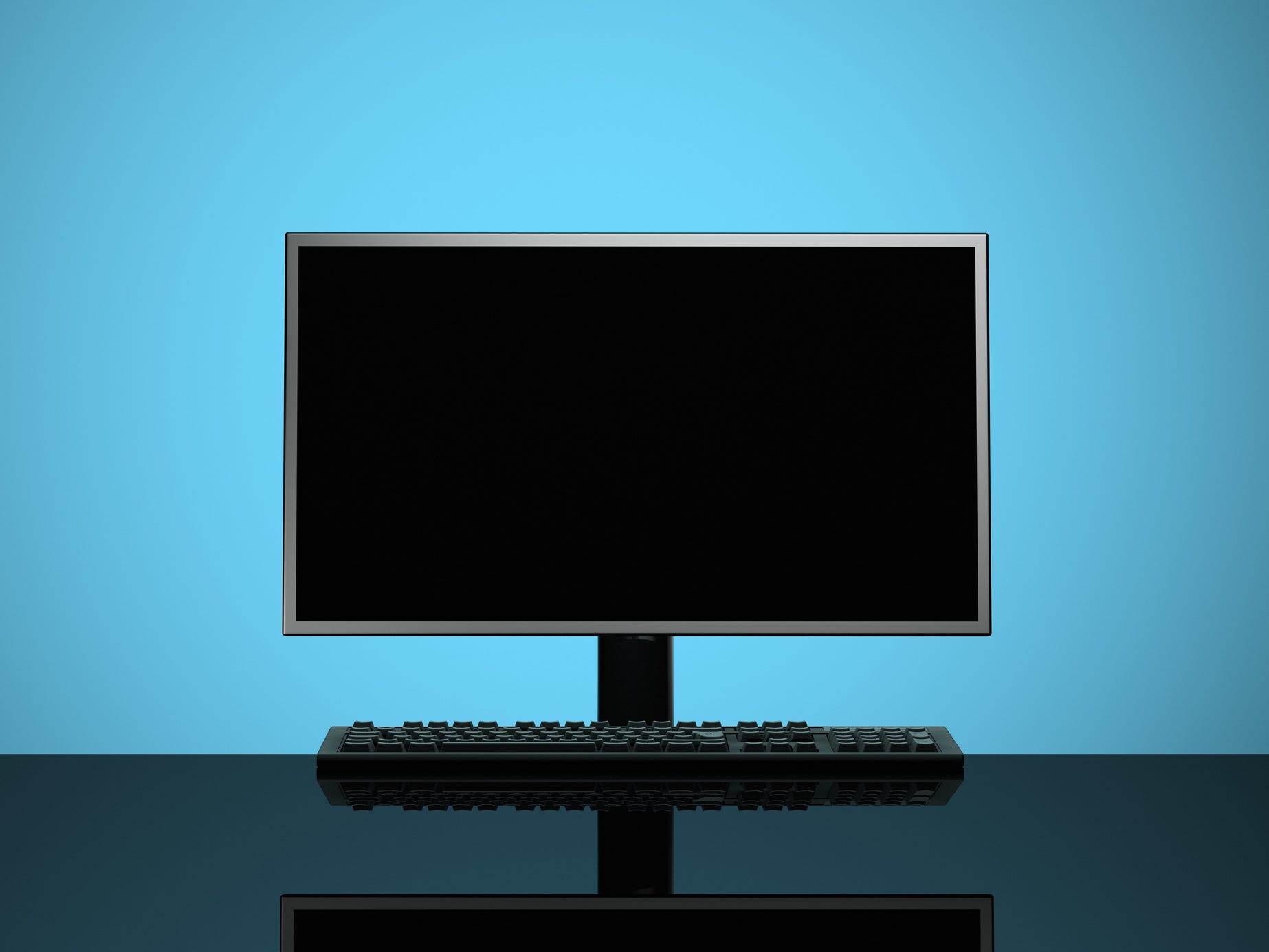
artpartner-images/Getty Images
- If your Windows PC won’t turn on or fails to start, don’t panic. It might be a minor problem rather than a catastrophe.
- Try to move the computer to a different power source and make sure the display is working correctly.
- You can also listen for error code beeps from the motherboard at startup as another way to identify why your PC won’t turn on.
- Here are 10 common (and less common) ways you can troubleshoot a computer that won’t turn on.
- Visit Business Insider’s Tech Reference library for more stories.
Your first reaction when discovering your PC won’t start is probably to panic, but the issue often isn’t catastrophic. It’s likely a mundane and easily fixable glitch.
There are a lot of reasons why your computer won’t turn on, and a lot of definitions of “won’t turn on,” ranging from “nothing is happening at all” to “Windows won’t start properly.”
How to troubleshoot your Windows PC when it won’t turn on
Below are the 10 most common solutions for getting your computer up and running with that spectrum of problems in mind.
Try a different power source
If you try to turn on your computer and absolutely nothing happens, there are generally only two possibilities. Either the computer’s internal power supply has failed, in which case it probably needs to be replaced, or there’s no electricity entering your PC.
Unplug the computer from wherever it’s currently plugged in and plug it directly into a wall outlet, bypassing the UPS, surge suppressor, or power strip. If nothing still happens, make sure that outlet works by plugging something else into it, like a desk lamp, and confirming it turns on.
Try a different power cable

Ahmet Yamak /EyeEm/Getty Images
This is highly unlikely, but it's an easy fix. If you have a spare power cord available, swap it out. If the original cord has failed, your computer should restart with the new cable.
Let the battery charge
If the computer that won't work is a laptop and you recently ran the computer out of juice, then it's not unusual for it to fail to start even if it's now plugged into wall power. Plug the laptop in and let the battery charge for at least a half-hour. Then try turning it on again.
Decrypt the beep codes
Some computer motherboards issue a set of beeps at startup. A single beep may signal that all is well, while a long, continuous tone could point to the power supply experiencing a critical fault.
There's no single standard set of codes, but the beeps can sound like Morse Code, with long and short tones. Check the computer's user guide, website, or tech support service to figure out what the error is pointing to.
Unfortunately, not all motherboards even use beep codes, so this may not be a feasible option.
Check your display
If your computer appears to be running — or it's at least making some noise — but nothing appears on the screen, ensure the monitor is turned on and connected to the computer.
It's also worth checking to make sure the brightness didn't get accidentally set to zero. If it's an option, try plugging the computer into a different display to see if that resolves the problem.

golubovy/Getty Images
Check your BIOS or UEFI settings
If your computer appears to do something but isn't proceeding to boot to Windows, there are several possibilities as to why. Start with the computer's BIOS (Basic Input/Output System), which, in most modern PCs, has been replaced with the far less friendly-sounding UEFI (Unified Extensible Firmware Interface).
You might need to check your computer's user manual to know which specific key to press to access the BIOS or UEFI. You may even see instructions on the screen at startup that tell you which key to press. But regardless of how your PC is equipped, here's how you should be able to access the BIOS or UEFI.
1. Turn on the PC.
2. Immediately press the boot key specific to your computer; common keys include the ESC, Delete, F1, or F2.
Once you're in the BIOS or UEFI, make sure the computer is set up to boot to your primary hard drive, disable Fast Boot, and look for any other unusual settings that might be causing startup problems. You can also reset the BIOS or UEFI to factory defaults and see if that solves the problem.

Dave Johnson/Business Insider
Try Safe Mode
If you can get to your computer's BIOS, you might also be able to get to Windows' special boot options. If possible, start the computer in Safe Mode. It can be tricky, so here's how to do it.
1. If there are any power lights or signs of activity, hold the power button for 10 seconds to turn it off.
2. Press the power button to turn the PC on.
3. Watch carefully, and at the first sign the computer is booting – generally, you'll see a logo on the screen – hold the power button for 10 seconds to turn it off again.
4. Turn it on and off a total of three times.
5. On the fourth power-on, let the computer stay on. It'll enter the Windows Recovery Environment.
6. On the "Choose an option" page, select "Troubleshoot."
7. Select "Advanced options."
8. Choose "Startup Settings."
9. Hit "Restart."
10. When the computer restarts, pick "Safe Mode with Networking" from the list of options.
If your computer boots normally, try to undo any recent changes you made to the computer. That may include uninstalling recently added hardware. You might also want to roll your computer back to a clean install of Windows using the "Reset this PC" section of Windows Settings.
Disconnect everything non-essential
A fundamental rule of troubleshooting is to eliminate as many variables as possible. So if you've tried the previous solutions and it's still unclear what's going on, disconnect everything that isn't absolutely essential from your computer. That generally means removing the printer cable, scanner, webcam, and anything else connected to the computer. Now, try booting the computer with just the power cord, monitor, mouse, and keyboard.
Make sure nothing has come loose
While something coming loose might be a relatively uncommon problem, it's still worth troubleshooting.
You can do this by removing the computer's side panel and – with the power removed – making sure everything is still seated properly. For the most part, that means inspecting the video card, sound card if you have one, memory chips, and all the power and data cables.
Check for ransomware or a virus
If your computer is clearly powering on but won't boot properly to Windows, your computer may be infected with malware, such as a virus or ransomware. Poorly written malware can be buggy enough that it prevents Windows from running correctly.

Sebastian Leesch/EyeEm/Getty Images
Try to boot your computer not from the internal hard drive but a USB drive. If you can successfully get the computer running this way, you can then use anti-malware software to inspect your PC for unwanted software.
Related coverage from Tech Reference:
-
How to boot your Windows 10 computer from a USB drive
-
How to factory reset a Windows 10 computer, to help you troubleshoot or prepare to sell a PC
-
How to find your computer's specs on Windows 10, for information on its processor, video card, memory, and more
-
How to boot your Windows 10 computer into 'Safe Mode,' to diagnose and troubleshoot problems
-
How to clear the cache on a Windows 10 computer in 3 ways to help it run more efficiently

